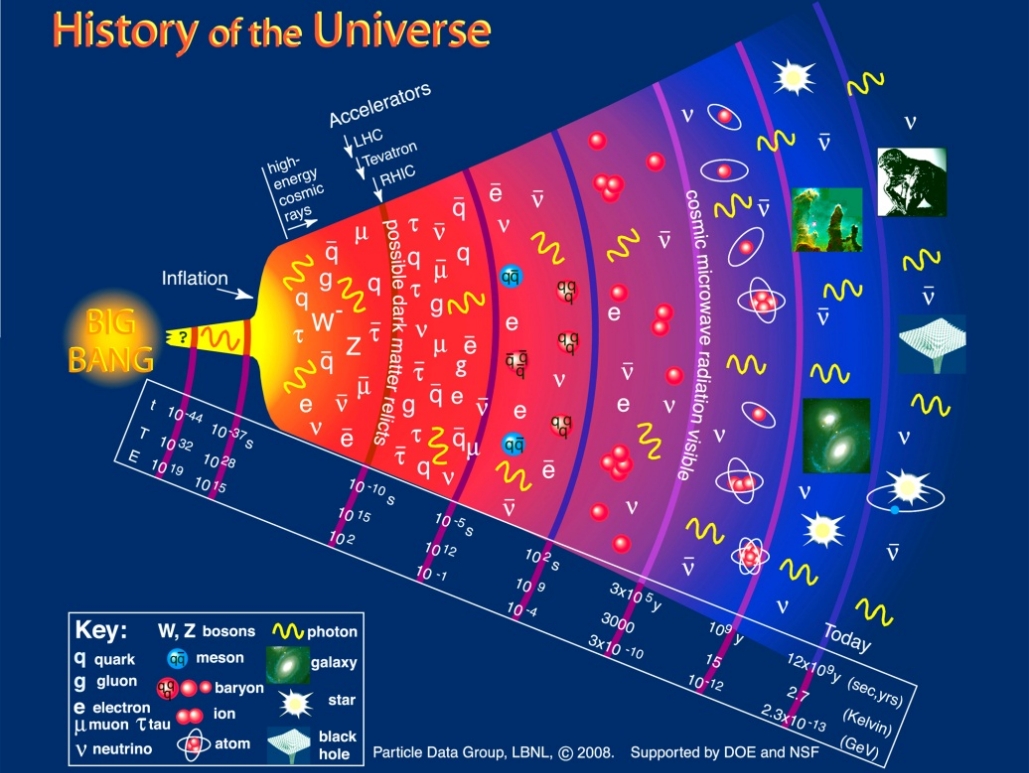
Researchers from the Institute of Modern Physics (IMP) of the Chinese Academy of Sciences (CAS) have proposed a key indicator that may reveal the emergence of quark-gluon plasma (QGP) by analyzing particle "fingerprints" generated in heavy-ion collisions.
Published in the Journal Physics Letters B on April 8, the study provides a new perspective for exploring the evolution of matter in the early universe.
About 13.8 billion years ago, within a millionth of a second after the Big Bang, the universe existed in an ultra-hot and dense state. Instead of protons and neutrons, the fundamental building blocks of matter were free quarks and gluons—a unique state known as QGP. As the universe expanded and cooled, the QGP gradually condensed into the atomic nuclei we recognize today.
"Although scientists have successfully created QGP in laboratories, precisely mapping its formation process remains a significant challenge," said Prof. YONG Gaochan from IMP. "Similar to how fingerprints identify individuals, the production ratios of different particles in collisions carry crucial information."
The researchers used an improved multi-phase transport model to simulate violent collisions of heavy ions such as calcium-40, calcium-48, and gold-197, focusing on the production patterns of four particles: Λ hyperons, K+ mesons, π mesons, and protons. When the collision system shifted from lighter calcium-40 to heavier gold-197, they observed anomalous changes in the yield ratios of specific particles.
The study indicates that the emission ratios of identical particles in heavy-light reaction systems could serve as a critical indicator for identifying QGP formation. When QGP forms, the free flow of quarks and gluons suppresses multiple scatterings between hadrons, leading to particle yields significantly lower than predictions from pure hadronic mode. Conversely, without QGP, continuous hadronic collisions substantially increase particle yields.
To validate this hypothesis, the researchers cross-verified the results using another model, further confirming the correlation between anomalous particle yields and quark-matter formation. Simulations show that parton rescattering has minimal impact on particle yields, while hadronic rescattering significantly boosts them.
The proposed novel probe effectively reduces systematic errors and model uncertainties, significantly enhancing detection sensitivity and reliability, according to the study.
"The new probe provides critical clues for mapping the complete QCD phase diagram. It not only deepens the understanding of high-density nuclear matter states, but also offers new experimental insights into the evolution of the early universe," said YONG.
This work receives support from the National Natural Science Foundation of China and the CAS Project for Young Scientists in Basic Research.

Schematic of cosmic evolution (Image from 2013 J. Phys.: Conf. Ser. 454 012051)

86-10-68597521 (day)
86-10-68597289 (night)

52 Sanlihe Rd., Xicheng District,
Beijing, China (100864)

